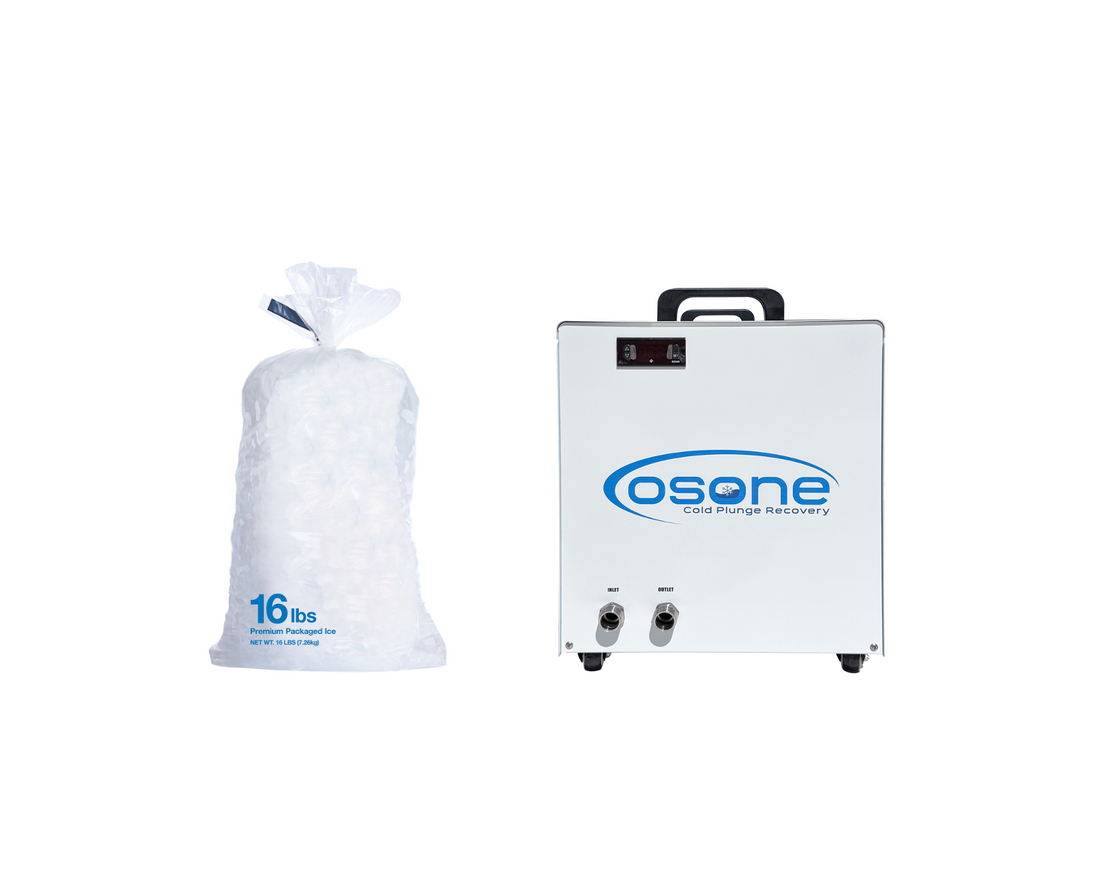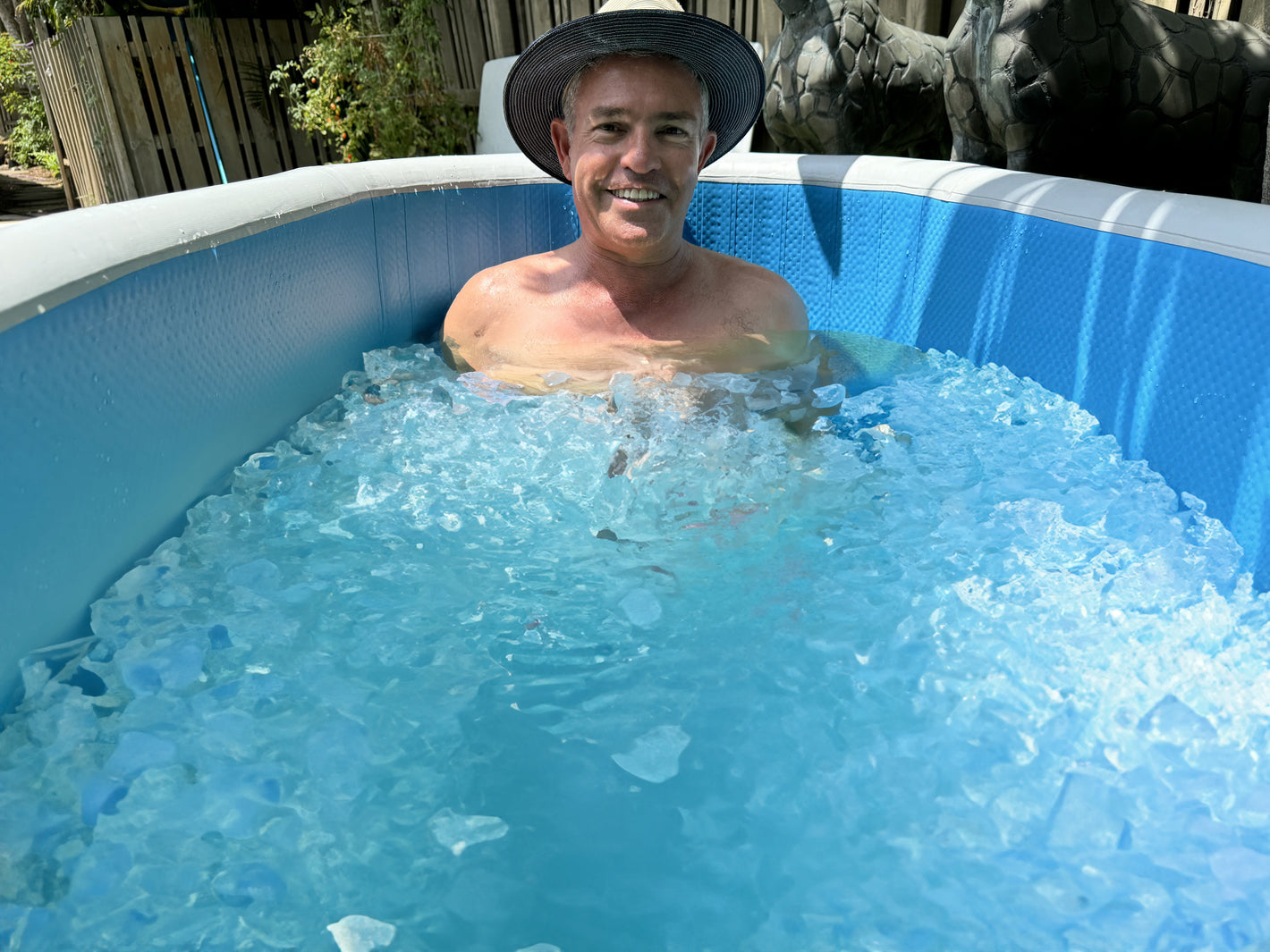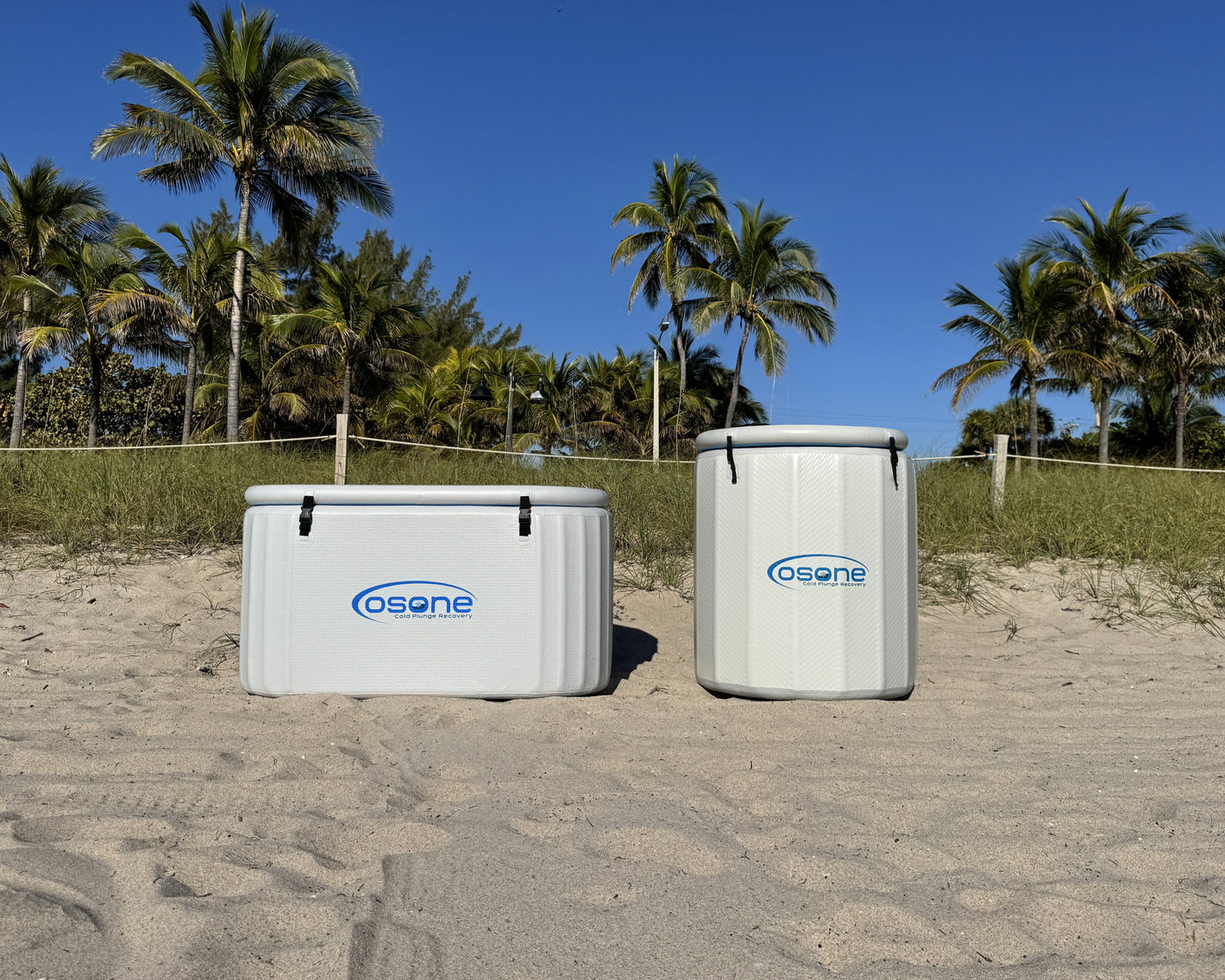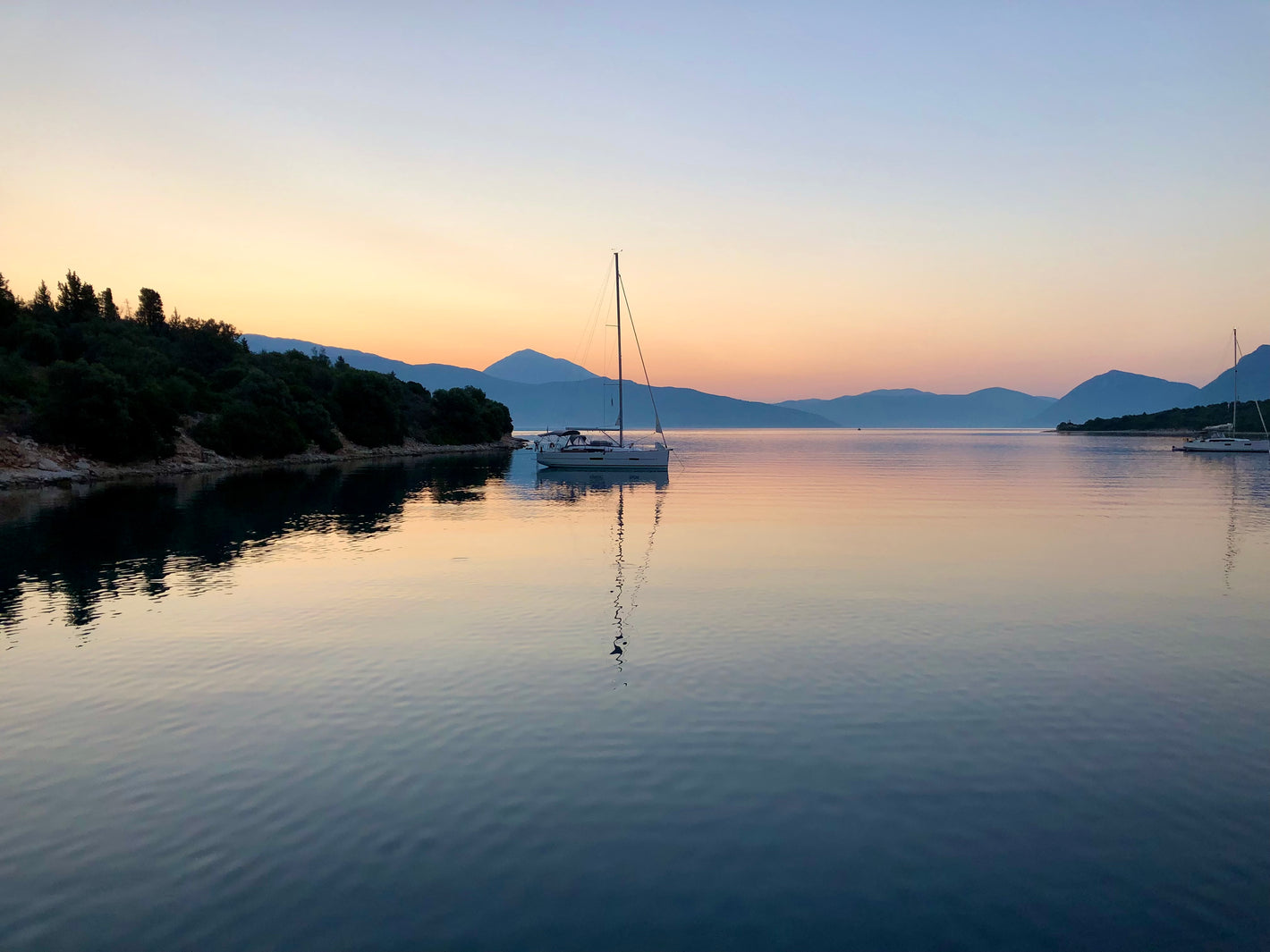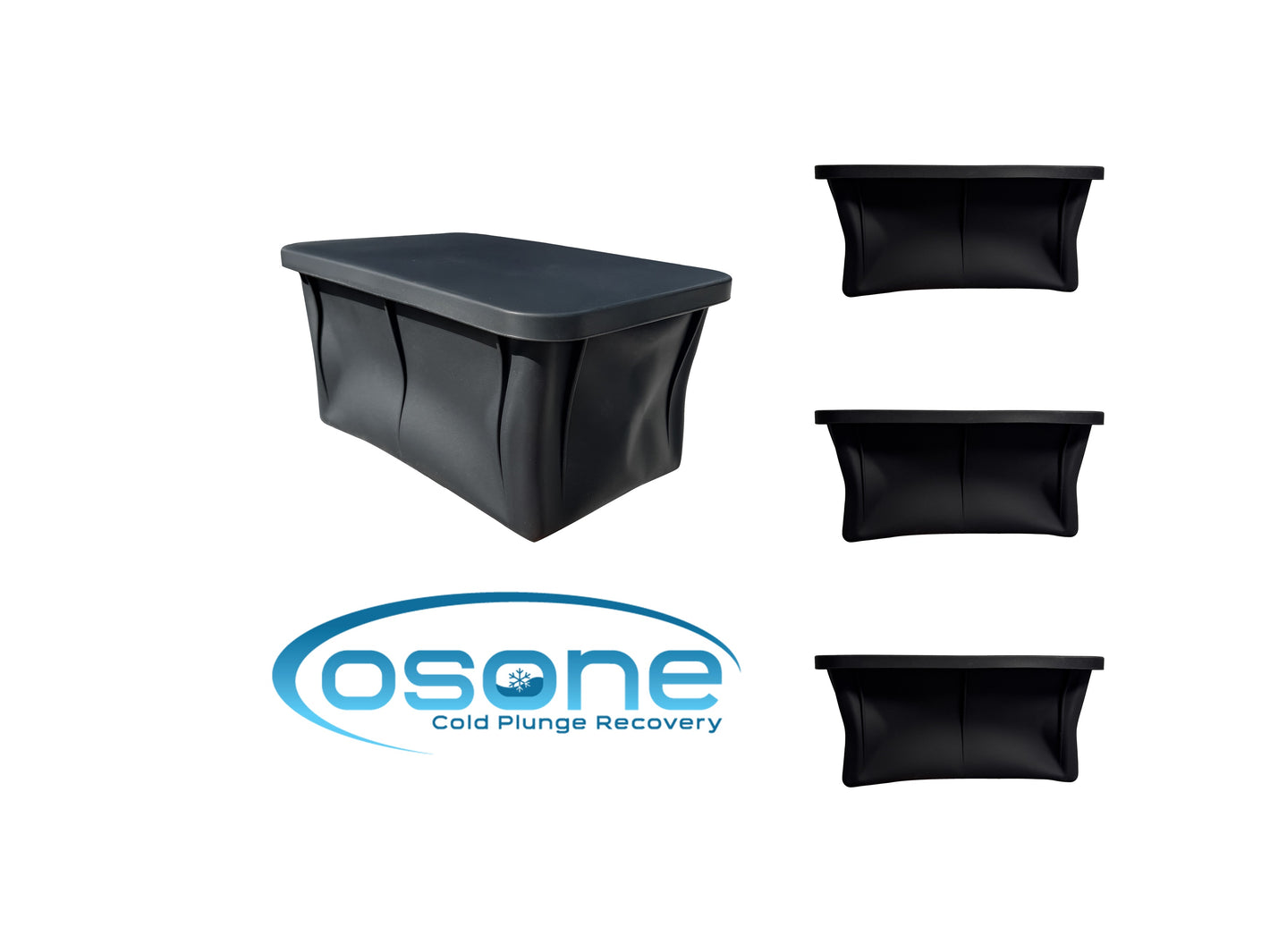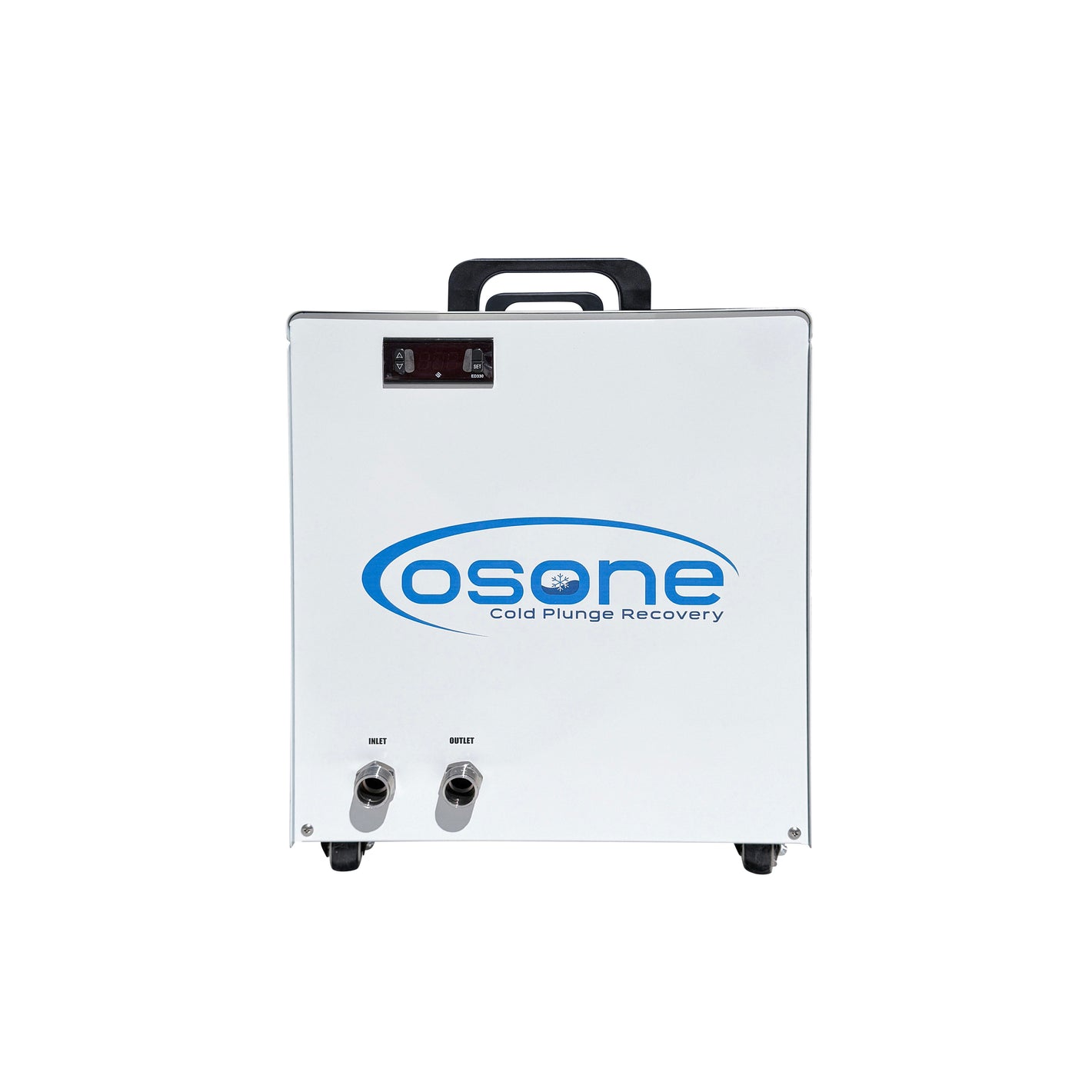Two common ways to cool water for cold plunging are ice and water chillers. Let’s break down the pros and cons of each to see which works best in different situations.
Ice
Ice is a traditional and easily accessible and affordable form of cold therapy. Typically, consisting of bags of ice from the local grocery store or made at home placed into a cold plunge to reduce water temperature.
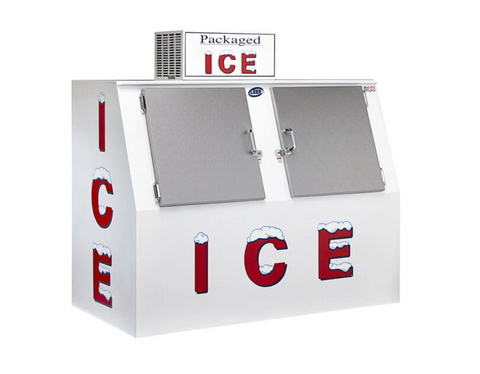
Pros of Ice:
- Accessibility to Start: Bags of ice are available at most grocery stores and can be easily prepared at home with common household items like ice cube trays.
- Cost and Volume: Ice can be a cost-effective solution for beginners interested in starting and understanding more about the benefits of cold plunge. The temperatures are much more tolerable and the costs are affordable upfront.
Cons of Ice:
- Limited Duration: Ice has a limited duration of effectiveness. It beings melting as soon as it touches water. As water temperatures increase, the therapeutic benefits diminish. New ice is required with each session.
- Messy Application: Whether on the way home from the grocery store or sitting on the ground waiting to be used, as ice melts, it creates a soggy mess. This can be a drawback when not used quickly or when cleanliness is a priority.
- Cost and Volume: Over time, ice can become expensive based on the desired cold plunge temperature and the number of times associated with plunging. Lower temperatures and more frequent cold plunges require more ice.
- Convenience: Most home fridges do not stock enough ice required for cold plunging so you may find yourself making frequent visits to the grocery store. As the frequency increases, the drives to the store and hauling bags of ice home can become inconvenient and time consuming.
Chiller
A water chiller is an electronic device that cools water to desired temperatures typically ranging from 59°F down to extreme temperatures in the 30's. One advantage of a chiller is its ability to consistently hold desired temperatures as opposed to ice which is more easily influenced by ambient temperatures. Premium chillers include bacteria control mechanisms such as UV or Ozone. Over time, bacteria grows around standing water. If water is not constantly replenished with fresh water or cleaned with solutions in between sessions, a bacteria killing mechanism may be something to consider when purchasing a chiller. Another benefit to a chiller is the ability to filter out debris such as hair, sand, dirt and other fine elements found in the water system.
Pros of Water Chiller:
- Uniform Temperature for Full Body Benefit: A chiller provides uniform water temperatures throughout for whole-body benefits whereas ice immediately floats to the top. The immersion of the entire body in cold water can induce a systemic response benefiting circulation, metabolism, and overall recovery.
- Convenience and Accessibility: A chiller can keep water at desired temperatures 24/7. The need to plan for ice is taken out of the equation and is a more convenient solution for those on a tight schedule or trying to create a routine.
- Cleaner setup: Chillers connect directly into a cold plunge with no additional items necessary.
Cons of Water Chiller:
- Cost: The upfront cost of water chillers can generally start from $1000 and increase dramatically based on a number of factors: speed to desired water temperature, lowest temperature desired, bacteria killing mechanisms and noise level are a few considerations.
- Many choices: Picking the right chiller can be complicated as there are many decisions to choose from: which horsepower is ideal for your setup, which bacteria killing mechanism or solution to start with, how many microns should your filter be, does the hose material impact condensation, the list goes on and on. Make sure you do your research prior to the investment as in many cases, it is often a one time purchase.
Choosing the Right Method
The decision between ice or a water chiller depends on various factors, including individual preference, cost and convenience. Below is a recap to help make an informed choice:
- Full Body Immersion – Ice floats, causing uneven temperatures in your plunge over time. A chiller, however, keeps the water consistently cold, ensuring full-body immersion benefits for the entire session.
- Short term vs Long term – If you are new to cold plunge, start with ice. Studies show it takes 30 days for a routine to stick. After feeling the impact and benefits to your physical and mental well-being, you may decide to invest in a chiller for convenience, sustainability and to continue the wellness routine.
- Convenience – Large amounts of ice require frequent trips to the store. For those looking for a faster solution, an at home chiller provides convenience and control.
- Cleanliness – This is a personal preference as those cold plunging outside where ambient temperatures may dry up excess water may not be as bothered. Those cold plunging in areas where excessive water may be undesirable may prefer a cleaner setup via a water chiller.
- Fresh Water - With ice, you will want to change your water every 3-5 uses. This can deter some as having to engage in a full setup and cleanup process coupled with a trip to the store can be quite time consuming. With a chiller, the water is not only temperature ready 24/7 but finding the right chiller can provide benefits such as water filtration and bacteria killing agents such as UV or Ozone.
Ultimately, the choice should be based on individual circumstances and long term goals some of which may be convenience, cost and usage. Many experiment with both methods and tailor their cold therapy approach over time for optimal results. Whether it's the simplicity and accessibility of ice or the whole body benefits, convenience and cleanliness of a chiller, the therapeutic chill remains a valuable tool in the pursuit of recovery and well-being.

